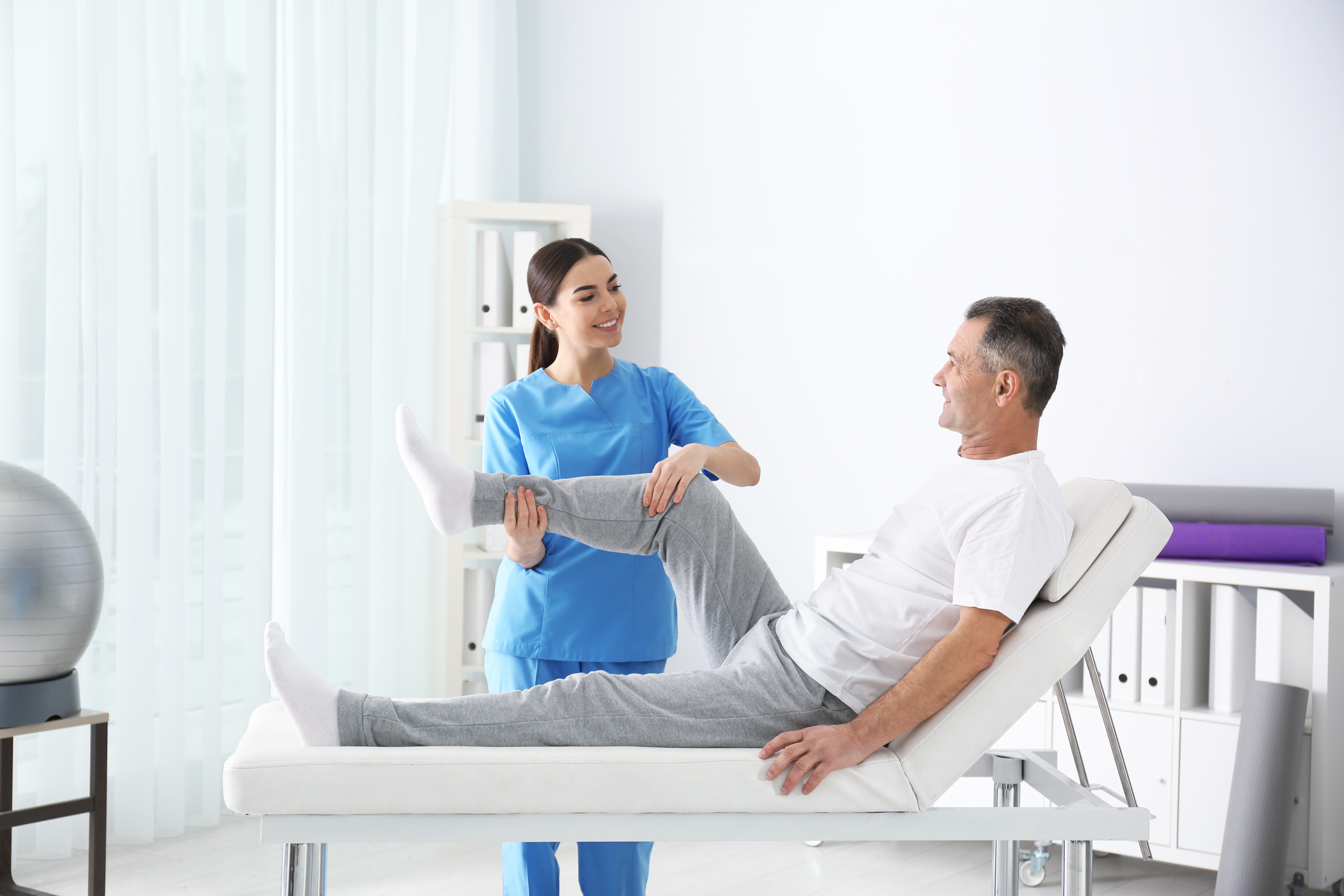Empowering Patients Via Education in Cardiac and Pulmonary Recovery for Improved Healing and Standard of Living.
Empowering Patients Via Education in Cardiac and Pulmonary Recovery for Improved Healing and Standard of Living.
Blog Article
Cardiopulmonary rehabilitation is an important program created to assist patients heal from cardiac and lung conditions. It centers on enhancing individuals' physical wellness, education, and overall health. Individuals who participate in these programs often experience enhanced recovery and a better quality of life. By providing education tailored to individual needs, cardiopulmonary rehab empowers individuals to assume control of their wellness and make informed choices about their treatment and habits.
One crucial aspect of cardiopulmonary rehab is exercise regimen. Physical activity is crucial for strengthening the cardiovascular system and respiratory system, which can turn impaired due to disease or lack of exercise. Individuals generally engage in supervised fitness sessions that are safe and gradually escalate in difficulty. These classes assist to develop endurance and improve overall fitness-related capability. As individuals grow more engaged, they often notice gains in their vitality capacity and daily activities, such as walking, climbing stairs, and taking part in community events.
In furthermore to exercise, instruction plays a significant part in wikipedia reference cardiopulmonary rehab. Patients learn about their specific conditions, treatment options, and the importance of lifestyle changes. This education helps clarify their illnesses and reduces feelings of anxiety or discontent. Understanding how their bodies function and the impacts of drugs and treatments enables patients to take improved decisions regarding their health. Knowledge about topics like diet, tobacco cessation, and stress control can result to lasting changes that promote recovery and avert future issues.
Another crucial component of rehabilitation is emotional support. Living with chronic cardiac or pulmonary ailments can be challenging and may lead to feelings of stress or despair. Patients are often encouraged to share their experiences and feelings heart failure rehabilitation strategies in a supportive community environment. This fellow bond can be incredibly helpful, as it offers a sense of community. Support from healthcare providers, family, and friends also plays a vital role in the rehabilitation process, aiding to build strength and motivation.
In summary, the objective of cardiopulmonary rehab is to improve recovery and boost quality of life for patients. Through tailored fitness programs, thorough education, and emotional support, individuals are empowered to take control of their well-being. By actively participating in their recovery journey, patients can experience a refreshed sense of self-assurance and autonomy. This holistic approach not only aids in physical healing but also fosters a healthier mindset, resulting to a more satisfying life despite the difficulties of living with heart or lung conditions.